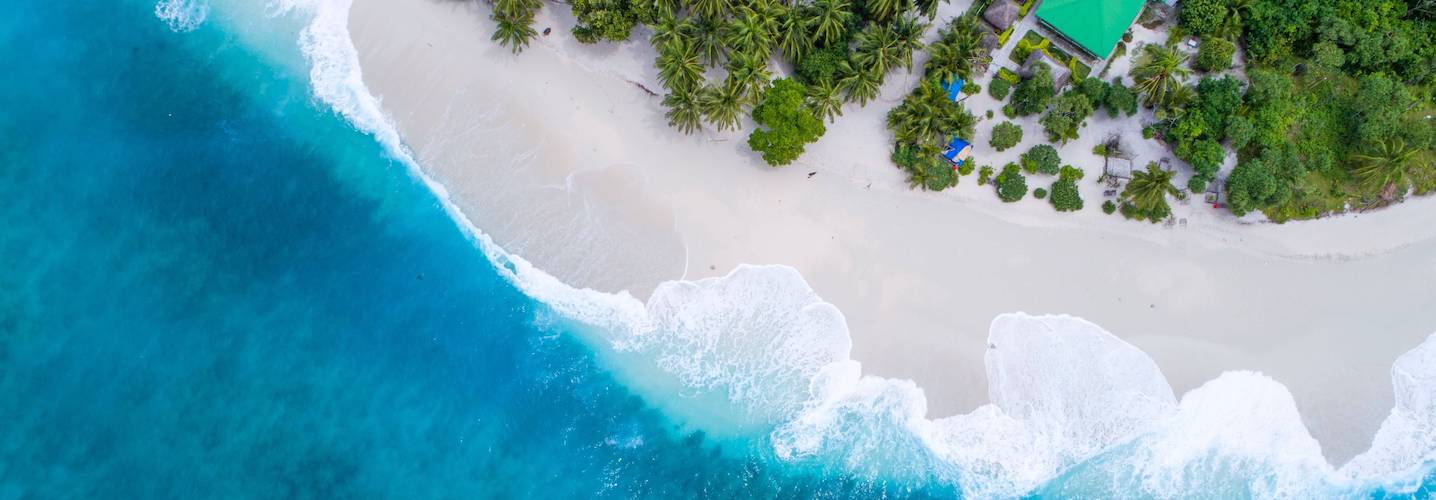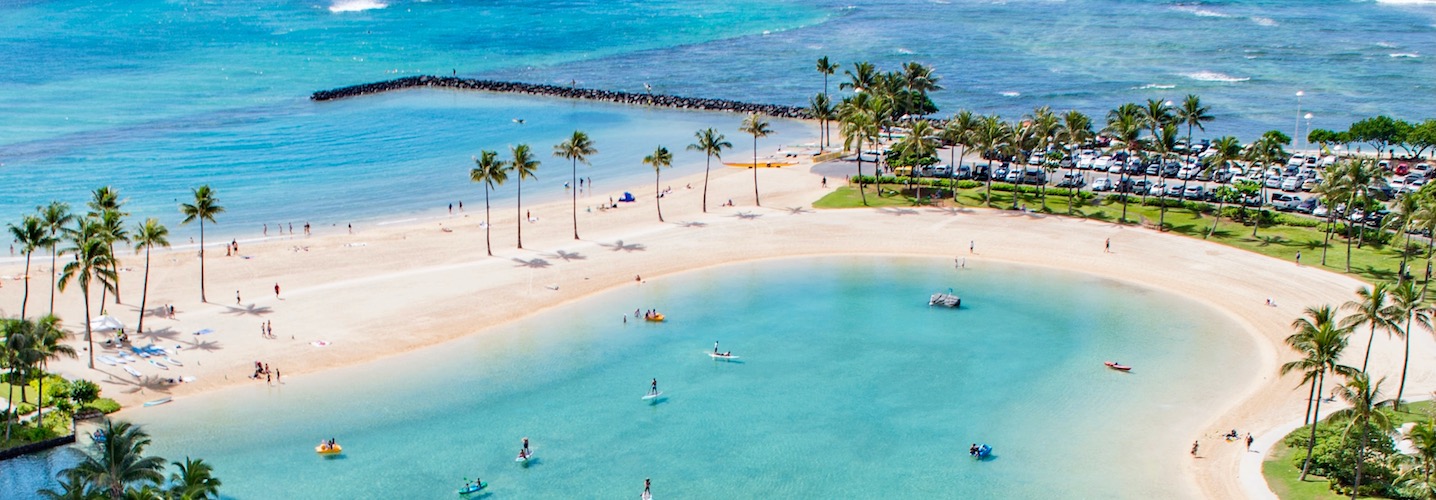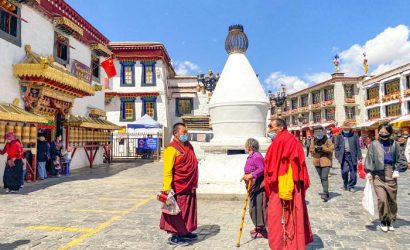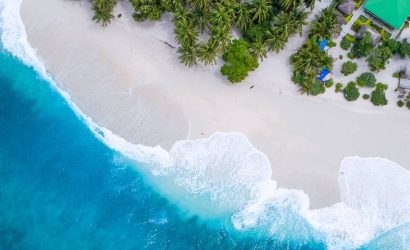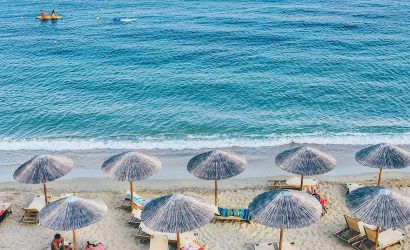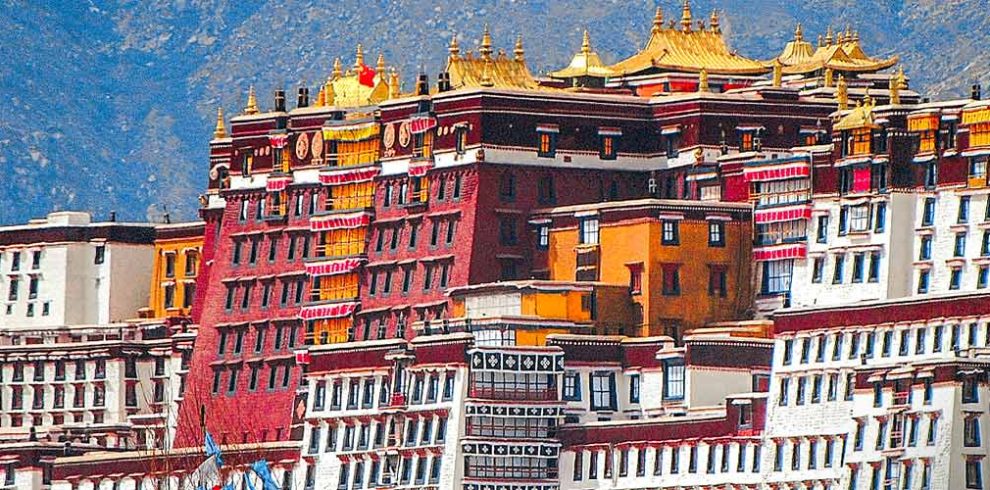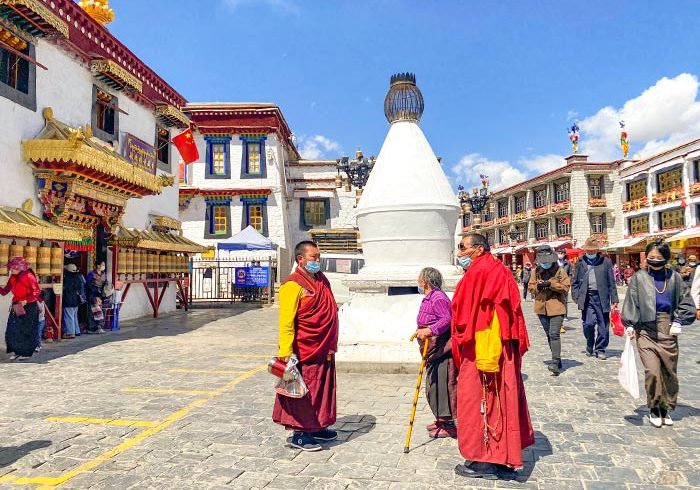-
Bus, Airlines
-
3 Stars Hotels
-
5,416 metres
-
Kathmandu
-
Feb, Mar, Apr & May
-
Eco-Tour, Hiking
-
All meals during the trek
-
English, Spanish, French, Chinese
-
Easy to Moderate
-
2-15
-
12
-
65
Overview
Looking for an a lifetime overland adventure to Kathmandu? Well, with the Chengdu Tibet Train Tour, that dream can become a reality! You’ll have the opportunity to meet the adorable pandas in Chengdu and then embark on an unforgettable train journey along the the Qinghai-Tibet Railway that will take you through the stunning Tibetan Plateau, where you’ll witness some of the most breathtaking scenery on earth.
Upon arriving in Lhasa, the capital of Tibet, continue your adventure with the Lhasa to Kathmandu Overland Tour visiting enchanting destinations like Gyantse, Shigatse, and Mount Everest along the way. And finally, your journey will end at the Kathmandu border. This is truly an adventure of a lifetime, and with the Chengdu Lhasa Kathmandu Tour, you’ll experience it all! So pack your bags and prepare yourself for an unforgettable journey to Everest Base Camp and beyond!
Highlights
- Step into the panda capital of the world, have memorable time at Chengdu Research Base of Giant Panda Breeding and see pandas of different ages playing, climbing trees, rolling, eating, sleeping or fighting... Chengdu Tibet Tour
- Enjoy a unique train journey on the Qinghai-Tibet Railway and witness the breathtaking landscape of the plateau, while also interact with locals and learnabout their way of life. Chengdu Tibet Tour
- Get close to the the highest point on the Earth’s Surface - Mount Everest, at 8848 meters, and marvel at its grandness and holiness and you can stay overnight at the EBC Base Camp. SShanghai Xining Tibet Train Tour
- Catch the breathtaking view of the YamdrokLake, one of the Great Three Holy Lakes in Tibet and also enjoy the awe-inspiring snow-capped KarolaGlacier framed by colorful prayer flags and high mountains Chengdu Tibet Tour
- Reach the Roof of the World and pay a holy visit to the Potala Palace comprising the White and Red Palaces built on the Red Mountain and see local Tibetan Buddhists making a pilgrimage in front of the Jokhang Monastery. Chengdu Tibet Tour
- Travel outside of Lhasa city to one of the“great three” Gelug university monasteries of Tibet - Sera Monastery to explore exceptionalBuddhist religious complex and see the famous debate among monks Chengdu Tibet Tour Itinerary at a Glance
Itinerary
Nihao! Welcome to Chengdu, the Hometown of Giant Pandas! Your private driver and guide will be ready for you when you arrive in Chengdu. Enjoy a trouble-free transfer to your hotel. The rest of today is yours to relax in panda city on your own.
Arrival Ideas:
Chengdu is well connected by air and high-speed rail. There are two airports - Chengdu Shuangliu International Airport and Chengdu Tianfu International Airport operating many international and domestic airlines. Travelers can go to Chengdu by air from most cities in China, like Hong Kong, Beijing, Shanghai, Guangzhou, Xian, Guilin, Hangzhou, Kunming, Lhasa, Lanzhou, Wuhan, Xiamen, Guiyang, Chongqing… In addition, travelers can take high speed train to Chengdu from Xian (3-4 hours), Chongqing (1.5-2 hours), Guiyang (3.5-4.5 hours), Kunming (6-6.5 hours), etc.
Recommended Optional Evening Activities:
1)Watch a wonderful Sichuan Opera performance which includes face changing, spitting fire, hand shadows, puppet show, dancing, singing and acrobatics. (usually from 20:00 to 21:30).
2)Appreciate the city’s night view by boat (30mins) along the Jinjiang River, which winds through central Chengdu. ( 18:00~23:30)
Chengdu Research Base of Giant Panda Breeding
Pandas eating bamboo
Chengdu Pandas
Chengdu Pandas
After breakfast, you are going to fulfill your panda dream with a 17-kilometer drive to Chengdu Research Base of Giant Panda Breeding. Also called Chengdu Panda Base, accommodated over 100 pandas, it is the base with the largest population of captive giant pandas in the world. You will see giant pandas of different ages there. It’s great fun to watch them playing, eating, climbing, sleeping… If you come in autumn, you will have the chance to see the pink newborn giant panda cubs in the Sunshine Nursery House and the Moonlight Nursery House. Besides giant pandas, you can also meet the cute red pandas walking by your side in the Red Panda Playgrounds. Then follow your guide to discover more about pandas’ secrets through the Panda Museum. (Note: Pandas like cool weather, so we advise you to arrive there early as pandas are more active in the morning.)
Later, pay a visit to Chengdu’s Renmin Park to witness the city’s slow lifestyle and how the local people are doing. Order a cup of fragrant green tea while sitting in the time-honored tea-house, chat with your friends and see locals playing mahjong and having fun. After that, take a relaxed stroll at one of the city’s “new old” walking streets - Kuanzhai Alley and feel the “new life” of Chengdu. An ancient block gathers buildings from the late Qing Dynasty, early Republic of China and the early western-style buildings. There are all kinds of Chengdu sneaks, folk arts and crafts nightclubs, and coffee shops which makes it one of the most active places in Chengdu. (Optional Activity: Try some local spicy dishes such as chuanchuan, dandan noodles, or even get out of your comfort zone and try some rabbit's head!)
After the tour, you will be transferred to the train station for your train to Lhasa. Train No. Z322 departs every other day from Chengdu West Railway Station at 21:08. The total train is about 37 hours’ ride and arrives at Lhasa Railway Station at 10:24 on the third day. (Note: Please be sure to bring your Tibet Permit which will be checked when you board the train.)
Kind Reminder:
The Chengdu-Lhasa train is available every other day. Please contact your travel consultant to confirm the train schedule.
Chengdu Pandas
A panda is taking a nap on the tree
Chengdu's Renmin Park
Old Tea House at Renmin Park
You are riding on Qinghai-Tibet Railway - the world’s highest railway. Pull up a window seat to view Himalayan mountains, shimmering lakes, plains dotted with yaks and herders’ tents, and barren deserts, as you inch slowly up onto the high plateau. Keep your eyes peeled throughout the journey for antelope, foxes and wild asses, plus the occasional nomad.
Useful Tips:
Sleeping Berths: The train has four types of sleeping berths, including soft sleeper, hard sleeper, soft seat, and hard seat.
Dining: The train offers a variety of Chinese and Tibetan dishes in dining cars. If Chinese food is not to your taste, you can bring some instant food.
Toilets: The train has both Western-style and squat-style toilets available in each soft sleeper carriage. However, passengers should be prepared for their towels, toilet paper, and hand sanitizer.
Oxygen Supplies: When reaching to Xining, all passengers usually are required to transfer to another train that is equipped with an oxygen supply system to help passengers acclimate to the high altitude of the Tibetan Plateau.
Beautiful Scenery on the Way to Lhasa
Beautiful Scenery on the Way to Lhasa
Qinghai Tibet Railway
Qinghai Tibet Railway
Altitude: 3650m
After the morning on the train enjoying the views outside, the train finally arrives in Lhasa.
Tashi Delek! Welcome to Lhasa, the capital of the Tibet Autonomous Region! Upon your arrival at the train station in Lhasa, the tour guide and driver will meet you at the exit, and then escort you to the hotel in downtown Lhasa. You can have a good rest to get used to the altitude (3,650m) in your hotel and get ready to explore Lhasa with your guide the next day.
Kind Reminds:
- It is good to avoid highland sickness by slowing down, keeping warm, drinking some water frequently, not showering for the first one or two days, taking it easy, and sleeping well.
- You should always follow your doctor’s advice on altitude according to your health condition.
- Be sure to let your guide or the hotel staff know whenever you feel unwell or need help. The people there are always willing to help and good at dealing with altitude sickness. Qinghai Tibet Railway through Snow Mounains
Qinghai Tibet Railway through Snow Mounains
Lhasa Airport
We Welcome Our Dear Guests with Hada
Altitude: 3650m
Today, you and your group will explore Lhasa by visiting Jokhang Temple, a world cultural heritage site renowned for its brilliant architecture, culture, art, and history. After that, you will experience Tibetan Buddhism by witnessing the Monks' Debating in Sera Monastery. Finally, you can stroll through the famous Barkhor Street with locals and learn more about the daily kora life of Tibetans.
Located in the heart of Lhasa for over 1300 years, the Jokhang Temple is an important pilgrimage site for Buddhists from all over the world. Famed as the spiritual center of Tibet, it is said that the Jokhang Monastery was built for King Songtsen Gampo's two brides: Chinese Princess Wencheng and Nepalese Princess Bhrikuti. "Jokhang" means "House of Buddha", and it houses a life-size statue of the 12-year-old Sakyamuni, which is considered a treasure of the Buddhist world. This is why Buddhist pilgrims consider it the holiest destination. The Jakhong temple is also renowned for its beautiful architecture. You can admire the intricate carvings, colorful murals, ornate decorations, and details of the building, which is a masterpiece of Tibetan architecture. Time seems to stand still as you watch people pray in front of the temple during the day and night. (Please note that the visit order may be adjusted based on the reservation of your Jokhang Temple Ticket Reservation.)
In the afternoon, drive approximately 30km (50 minutes) to visit Sera Monastery, which is one of the three great Gelug university monasteries of Tibet. It offers the opportunity to experience Tibetan Buddhism up close. The highlight of Sera Monastery is watching the monks' debate, which takes place around 15:00-17:00 (except on Sundays). The debate is an interesting form of exchange, where one monk acts as the questioner, standing while the answerer or group of answerers sit. The standing monk asks questions and slaps his palms and stomps, each action having a special meaning, such as activating wisdom, and are not meant to be aggressive. You will also have the chance to attend prayer ceremonies, visit meditation halls, and learn about the monastic way of life. It is a must-visit destination to gain insight into the beliefs and practices of Tibetan Buddhism.
Afterward, head back to downtown Lhasa for a walk on busy Barkhor Street near the Jokhang Monastery, which was a place for Buddhists to do a kora (pilgrim circuit) in ancient times. Nowadays, it has become a thriving local market where you can drink a pot of yak butter tea, dress in Tibetan clothes for photos, and pick up some local Tibetan, Nepalese, and Indian handicrafts and souvenirs.
Lhasa Jokhang Temple
Local Tibetan Pilgrims Prayed in front of Lhasa Jokhang Temple
Lhasa Sera Monastery
Lhasa Sera Monastery Debate in the Afternoon
Altitude: 3650m
Today you will explore the world’s highest palace for its brilliant architectures, culture, and history, then visits to one of the "great three" Gelug university monasteries in Tibet - the Drepung Monastery.
In the morning, you can walk into Potala Palace (World Heritage), the traditional residence and winter palace of the Dalai Lama (1649-1959). It takes 365 steps from potala gate to reach the Red Palace which is the highest palace in the world at an altitude of 3,700m. Through the principal halls, chapels, and shrines of past Dalai Lamas in the Red Palace, you will be astonished and touched by its remarkable paintings, gorgeous jeweled works, skilled carving, colorful ornamentation, and the mystery stories behind the treasures. Inside the Potala Palace you will meet lots of Tibetan pilgrims who come all the way from afar to this sacred site to pray as their life time destination. You can also ask your guide to share more information about Songtsen Gampo, the 33rd king of Tibet, who first build the Potala Palace in the 7th century for his marriage to Princess Wencheng of the Tang Dynasty. (Note: We may adjust the visit order due to the visiting time of your Potala Palace Ticket. All visitors must visit the Potala Palace with a tour group while staying inside for an hour. No photo inside.)
Then, drive about 35 minutes (12km) to visit the Drepung Monastery, which was the largest Tibetan monastery (of the Gelug Sect) in Lhasa. It used to be the palace of the Dalai Lama before he moved to the Potala Palace in the 17th century. Today, it is famous for the Drepung Shoton Festival held each August, where people come to offer yogurt to the monks who have finished their 100 days of meditation. You can also witness the grandest Buddha/Thangka Unfolding Ceremony. Besides the unique architecture and amazing buildings, you can watch monks debating in Tibetan Buddhism, which is vibrant and active with expansive gestures, clapping, and stamping. After visiting the Drepung Temple, you will have about a 2-hour Tibetan culture tour, which includes an introduction, Tibetan incense making, and block printing.
Lhasa Potala Palace
Breathtaking View of Lhasa Potala Palace
Lhasa Potala Palace
Dawn of Potala Palace
Altitude: 3850m | Distance: 380km, about 7 hours’ drive
On this day, drive about 8 to 9 hours (340km) from Lhasa to Shigatse, with a visit to two amazing natural landscapes - Yamdrok Lake and Karola Glacier - on the way.
In the morning, after about 3 to 4 hours of driving (200km), make sure to have your camera ready. When you reach Kampala Pass (4,797 meters), you'll have a breathtaking view of Yamdrok Lake, a freshwater lake down below, as well as spectacular views of the holy Mt. Nyenchen Khangsar in the distance. It is one of the four largest sacred lakes in Tibet, along with Lhamo Latso Lake, Manasarovar Lake, and Namtso Lake. Yamdrok Lake offers stunning views of the Tibetan plateau and is said to be able to help Tibetans find the reincarnated soul of the Dalai Lama. Moreover, you may see dressed-up Tibetan mastiffs, dogs, goats, and yaks there. It is optional for you to pay 5-10 yuan to pose with and take photos of them; for local Tibetans, it's a way to earn extra income for their families.
In the afternoon, drive about 1.5 hours (70km) to visit one of the most beautiful glaciers in Tibet - Karola Glacier, the filming location of the movie "Red Valley" (Hong He Gu). As one of Tibet's three major continental glaciers, backed by the southern slope of Naiqin Kangsang Peak (7,191 meters), one of the four highest peaks in Tibet, this white glacier is also the source of the eastern part of the Nianchu River. The Karola Glacier (5,012m) is only 300 meters away from the highway connecting Lhasa to Gyantse town, and you can view it right from your vehicle. You can also easily walk to the foot of the charming glacier, which has a shape like a frozen waterfall right above the road and you. Besides the fantastic hike to the Karola Glacier, on the opposite side of the road, you can appreciate the beautiful snow-capped mountain of Mt Kalurong.
Notes for visiting Karola Glacier:
- The altitude at the glacier scenic spot is about 5,012m, so be sure to slow down to avoid altitude sickness.
- The public toilet at the glacier is very basic.
- Local people may ask you to take photos with them for a fee. Be sure to ask before taking photos to avoid potential issues.
After that, drive about 3.5 hours (170km) to your hotel in Shigatse, the nearest town on the Friendship Highway between Tibet and Nepal. Have a good rest and get ready for a once-in-a-lifetime trip to EBC the next day.
Tibet Yamdrok Lake
Yak at Tibet Yamdrok Lake
Karora Glacier in Tibet
Amazing Glacier at Karora
Altitude: 5100m | Distance: 340km, about 7 hours’ drive
After breakfast, drive about 6.5 hours (330km) to the peak of the world - Mount Everest, while stopping by the Rongbuk Monastery - the world’s highest altitude monastery, before spending the night at the Everest Base Camp (EBC).
Departing from Shigatse, after about 4.5 hours of driving (240km), you’ll get your first glimpse of Mt. Everest from the Gyawu La Pass (5,200m, Gyatso La Pass), between Lhatse and Shelkar. In addition to Mt. Everest, you’ll be amazed by the winding road that seems to go on forever. Along the way, you may see local people biking or hiking all the way to Everest Base Camp. For them reaching the base of the world's highest mountain is a must-do goal or holy belief that is worth the effort.
After enjoying the beautiful and unique scenery on the pass, including incredibly snow-capped mountain ranges, blue skies, floating high clouds, and endless grasslands, it is time to head to Rongbuk Monastery (about 3.5 hours,122km) for the first good view of Mt. Everest. At an altitude of 5,154m, Rongbuk Monastery is the world’s highest monastery, a must-visit for spiritual travelers, and is also photo-worthy. It used to be an area of meditation huts, and you can find hermitage meditation caves with a history of over 400 years, dotting the cliff walls all around the monastery and the valley. Along with brilliant Mt. Everest views, at Rongbuk Monastery, you will be touched by the breathtaking scenery, such as large white chortens, piles of mani stones, colorful prayer flags, devout pilgrims passing by. This evening, you will enjoy dinner with the group, featuring Hot Pot in EBC.
Notes:
1.Travelers can only go as far as the Rongbuk Temple area rather than a few kilometers farther as before. But it’s not a big difference in terms of viewing Mt.
Everest. 2.Today’s food and lodging is very basic. Due to the high altitude, it is possible that you may experience some symptoms of altitude sickness. We recommend that you stay well hydrated, relax and enjoy the beautiful scenery to minimize your symptoms.
Mount Everest Base Camp
Our Dear Guests Visited Mount Everest Base Camp
Mount Everest National Park
Our Guests Visited Mount Everest National Park
Altitude: 2800m | Distance: 370km, about 8 hours’ drive
Watching the sunrise over Mt. Everest is a popular activity, you can choose to wake up early in the morning and hike to a nearby vantage point to witness this breathtaking and unforgettable sight.The sunrise over Mt. Everest is not only a beautiful natural phenomenon but also a symbol of human achievement and perseverance. (Note: The sunrise usually starts around 6:30 am to 7am)
After having breakfast at EBC, it will be the time to drive from Rongbuk Monastery to Gyirong Town.
During the drive, you will make a stop at the Gyawu La Pass (5,200m) to catch another glimpse of Mount Everest. When the weather is clear, you will be able to see four mountains that are above 8,000m (Makalu, Lhotse, Everest, and Cho-Oyu). Apart from Mount Everest, you will be amazed by the zigzag road that looks as though it winds to the end of the world.
You will then head to Gyirong Town, where the Gyirong Port is located, via part of the Friendship Highway, also known as the China-Nepal Highway. Overnight in Gyirong/Kyirong.
Travel Note:
1.When we talk about Everest Base Camp (EBC), we are referring to the area near Rongbuk Monastery that ordinary travelers are allowed to visit. EBC is about 20km from Mount Everest’s summit as the crow flies. From EBC, travelers can view the summit of Mount Everest in fine weather.
2.The Friendship Highway is an 800-kilometre scenic route that connects Lhasa, the capital of Tibet, to the Chinese/Nepalese border at the Sino-Nepal Friendship Bridge between Zhangmu and Kodari. (Note: Currently, the Zhangmu Port is primarily used for freight, while Gyirong Port is used for tourism.)
Mount Everest
Mount Everest "Sunshine on Golden Mountain"
Mount Everest Base Camp
Mount Everest Magnificent View
It is time to end your 10-day Chengdu-Tibet Overland Tour.
Cost
The Cost Includes
- Professional licensed English-speaking local guide
- Private Vehicle: Experienced drivers & air-conditioned vehicles
- Hotel accommodation with breakfasts (3-star standard)
- Meals: Breakfasts plus featured meals - Tibetan welcome banquet in Lhasa & The world’s highest altitude hot pot experience at EBC (if you take the tour to EBC).
- Admission tickets, activities listed in the itinerary
- Tibet Permits: Tibet Entry Permit, Alien Travel Permit, Border Pass, etc.
- Pick up and Drop off Service: The pick up and drop off service are free from 7:00am to 22:00pm on the pick up and drop off date.
- Oxygen and Water: A container of Oxygen per person for emergency use; 2 bottles of drinking water per person per day (300ml); 4L Medical oxygen cylinder with car
- Our service from tour planning, handling, operational and finishing your trip
The Cost Excludes
- International airfares
- Entry visa fees
- Personal expenses
- Single room supplement
- Recommended optional activities
- Arrival/departure flights or train on the first and last day
- Tips or gratuities for guides and drivers
Frequently Asked Questions (FAQs)
All foreign travelers are required to obtain a Tibet Travel Permit to visit Tibet. The permit can only be applied for through a registered travel agency in Tibet (we are local based Tibet travel agency with office setting in Lhasa) and is required to purchase flight or train tickets to Tibet. The permit is necessary to enter Tibet and visit certain areas within the region, including Lhasa and Mount Everest Base Camp. Travelers should plan ahead and allow sufficient time for the permit application process, as it can take one to two weeks to obtain the necessary permits.
All foreign travelers are advised to make their bookings at least one week in advance and send the necessary documents to us for obtaining the permits. However, if you plan to visit Mount Kailash, it is recommended to book at least two weeks in advance, as it may take longer to obtain the necessary permits.
It is very simple to book a private Tibet tour. Select the tour you are interested, and click “Make an Enquiry for Free”. Tell us your demands and likes while submitting the form. During this process, you don’t need to pay immediately. After sending us your requirements, one of our professional travel experts will get back to you within 0.5 to 24 hours. When all the information have confirmed, then you make the deposit. Please feel free to contact the travel expert directly if you have any questions prior to booking.
The above itinerary is the sample one that most travelers would go like that. The tour can be customized based on your likes, interests and budget. At the same time, if you want to extend this tour, just tell us your favored destinations and things to do. Our professional travel experts will redesign the trip totally for you at the best price. Tell us your ideas now
In a private tour, it means you will transfer to the tourist attractions in one city by private vehicle. The private car we selected is spacious, comfortable and air-conditioned. And the driver we use are very experienced. As for traveling between two destinations, we use domestic flights (economy seat) or high speed trains (second class seat, usually less than 6 hours). The local guides and drivers will pick you up at the airport/train stations, and escort you to the hotel.


